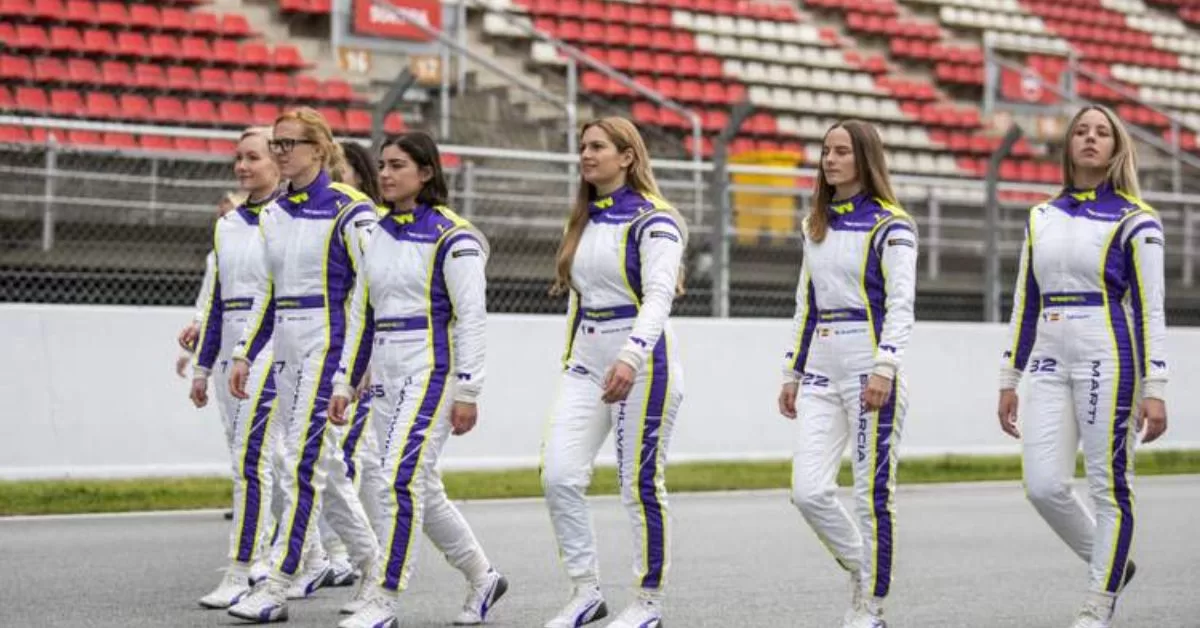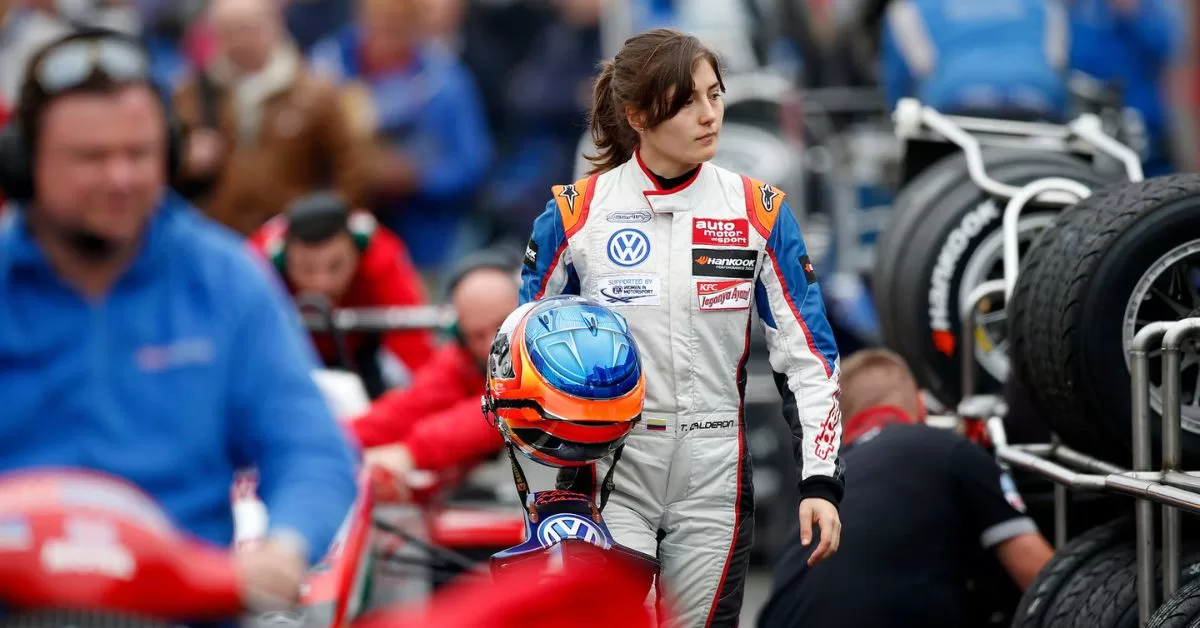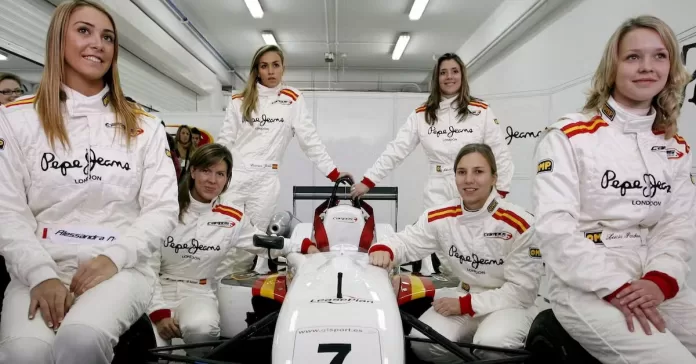In recent years, women have been shattering glass ceilings and making their mark in the adrenaline-fueled world of Formula One. From drivers to engineers and team principals, their increasing involvement is steering the sport towards greater gender diversity and setting new standards for inclusivity.
YouTube cc: @F1REVERSE
Formula One, premier motorsport, emerged in 1950, showcasing cutting-edge technology and fierce competition. Over the decades, the sport has evolved, embracing safety measures, advanced engineering, and global expansion. Transitioning from dangerous beginnings to a safer and more inclusive endeavour, Formula One continues to captivate racing enthusiasts worldwide.
Impact of Women In Formula One
Behind the wheel, female racers have been proving their mettle. Drivers like Jamie Chadwick and Tatiana Calderón have showcased their talent, challenging the notion that Formula One is exclusively a male domain. Their presence has opened doors for aspiring young girls, inspiring them to dream big and pursue careers in motorsport.

Transitioning from the track to the technical side, female engineers have been powering innovation. Pioneering minds like Monisha Kaltenborn and Claire Williams have been instrumental in designing cutting-edge racing machines. Moreover, their technical expertise has driven progress, challenging stereotypes and proving that women belong in the technical heart of Formula One.
Beyond engineering and racing, women are climbing the ladder to leadership roles. Notably, Susie Wolff and Claire Williams have held prominent team principal positions, proving that women are more than capable of steering teams to success. However, their tenacity and leadership have been critical in breaking gender barriers and fostering an environment where merit reigns over gender.
Challenges and Initiatives
However, achieving gender equality in Formula One hasn’t been without challenges. Historically, the sport has been male-dominated, with limited opportunities for women to participate. Yet, determined to drive change, organizations and stakeholders have launched initiatives to promote inclusivity.

One such initiative is the “Dare to be Different” campaign founded by Susie Wolff. It aims to inspire young girls to consider motorsport careers and empowers them to overcome stereotypes. Additionally, the FIA’s “Girls on Track” program fosters grassroots talent development, nurturing the next generation of female drivers and engineers.
The journey towards gender diversity in Formula One is ongoing, but the progress is undeniable. With each lap completed, women are steering closer to equal representation and proving that passion, skill, and determination know no gender boundaries.
READ MORE: The Significance of Team Dynamics in Formula One Racing
In conclusion, the role of women in Formula One is evolving, with women breaking barriers and driving change across various facets of the sport. Evidently, female drivers, engineers, and team principals are leading by example, proving that they belong on the track, in the garage, and in leadership positions. As gender diversity efforts gain momentum, Formula One is accelerating towards a more inclusive future.


